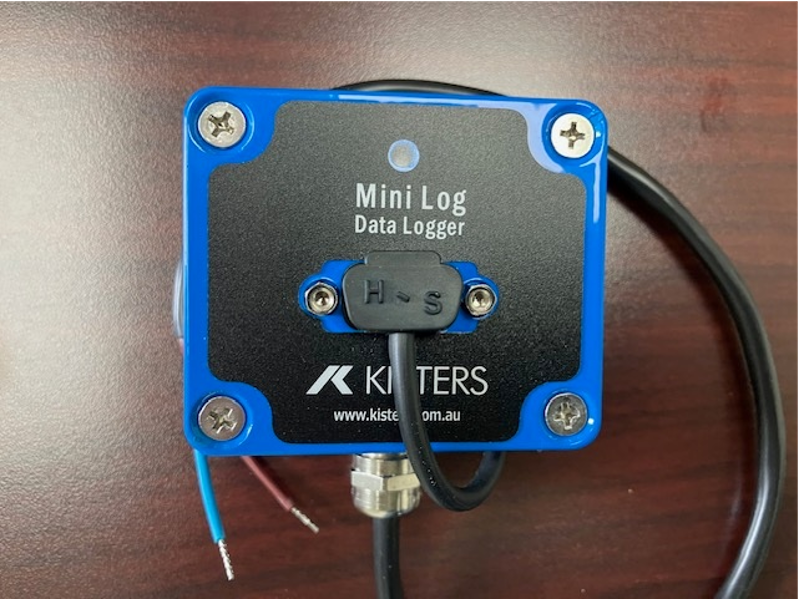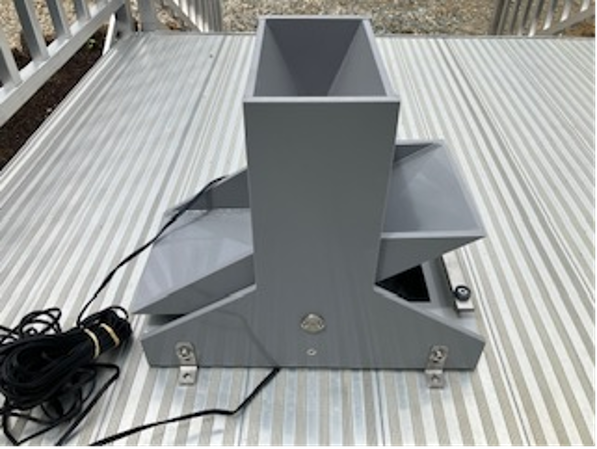
We’re so excited to have gotten a $10k SNEP Restoration Capital Mini-Grant to measure the volume of percolate beneath test cells over which urine-derived fertilizer solutions are applied for the purpose of determining the breakthrough of nutrients.
Through a partnership between Restore America’s Estuaries and the US Environmental Protection Agency (EPA), this program provides necessary equipment for MASSTC to do testing for restoring clean water, healthy ecosystems and sustainable communities through the use of technology.
Project Goal For Measuring Urine-Derived Fertilizer
The goal of the project is to measure very accurately the volume of percolate beneath test cells over which urine-derived fertilizer solutions are applied for the purpose of determining the breakthrough of nutrients. This integrates with an overall goal to establish the beneficial recovery of nutrients from the urine portion of wastewater and is a vital component of that project.
Progress Made This Period
We have determined both the importance of low-volume/flow measurements beneath soil treatment areas and the dearth of instrumentation to accomplish such. To that end we identified products that could be used in harsher environments that could be repurposed for the measurement task and datalogging devices that could store the information collected for retrieval.
Findings of Lessons Learned
After many experiments with less expensive devices, we identified the company used as having the best fit for our purpose. Unfortunately, the distributor of the product is in Australia and their Canadian supplier resulted in very delayed delivery capability.
Challenges of Delays
During the delayed delivery, we could not make adequate measurements of percolate as described above. We intend to deploy these devices for the measurements in early June and continue with a number of experiments to obtain the information through the coming year with first results within the first few months.
Work Remaining
The obtained supplies/equipment will allow us to make these vital measurements and assessments indefinitely, adding to the growing knowledge base on recovering and using components of wastewater nutrients as well as assessing the impact of surface applications on groundwater resources. The equipment is mobile and deployable in many allied efforts. We expect the work to persist in perpetuity.
Due to delays in the delivery of the capital items funded under the grant, the staff has only recently received the items necessary to fully deploy the instruments. We recently received the seven rain gauges that will be used as low-flow measurement devices

Figure 1. One of seven heavy duty rain gauges that will be purposed as low-volume flow measurement instruments beneath soil test cells and to be used as sample collection points.
These will be used in conjunction with the seven dataloggers (Figure 2) for the purpose of determining how much of the applied urine nitrogen and phosphorus applied to the experimental cells actually enters the groundwater beneath the areas of application.
For larger volumes of percolate, we ordered and received one large-volume flow measurement device (Figure 3) which can be used in conjunction with the data loggers to totalize amounts of water passing through a treatment unit (Figure 3).
Progress to Date
Since only recently receiving the devices, staff has familiarized themselves with the data logging device software and connections to the measuring devices. We are working to configure and deploy them in the intended test cells within the next week.

Figure 2. MiniLog™ data loggers (one of seven).

Figure 3. Large-volume flow measurement device (one of one) to be used in measurement of faster flow and higher volume following treatments.
Learn more about our other urine diversion projects working with the Town of Falmouth here.
Learn more about our recent grant for urine diversion from the Healey-Driscoll administration here.
